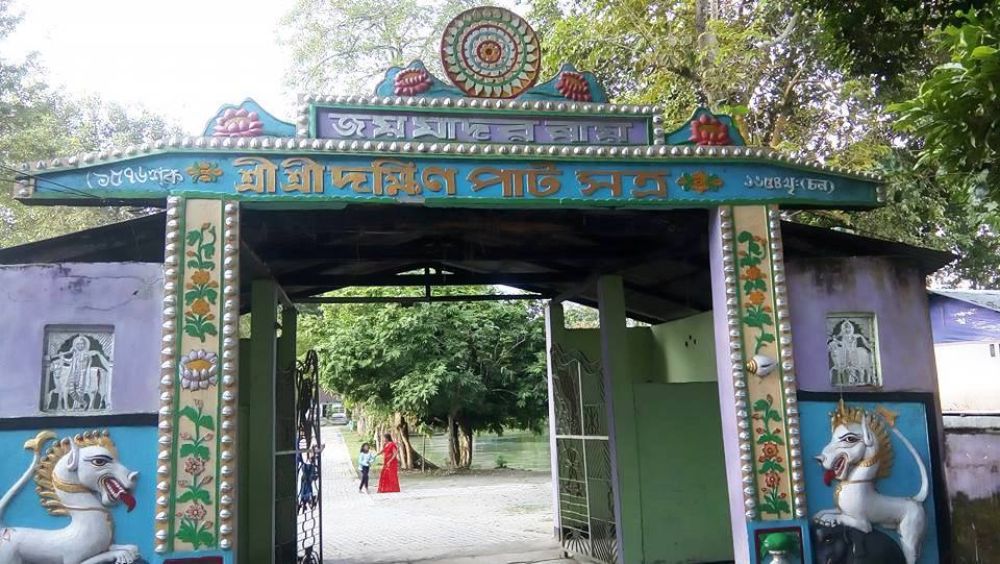

Majuli, nestled amidst the mighty Brahmaputra River in Assam, India, is not only the world's largest river island but also a hub of Assamese Vaishnavite culture. The island is home to several Satras, which are monastic centers established by the saint and cultural icon Srimanta Sankardeva and his disciples. Among these Satras, the Dakhinpat Satra stands out as a beacon of art, culture, and spirituality that has played a significant role in the development of tourism in Majuli.
The Dakhinpat Satra was established in the year 1584 by the Vaishnavite apostle Vamshigopal. As with the tradition of Satras, this institution became a center for religious and cultural activities, attracting devotees and learners from far and wide. The Satra is renowned for its Doul Utsav, an annual festival celebrating the mythology of Lord Krishna with much fervor and joy. This celebration has been a major draw for tourists for centuries and continues to be one of the highlights of the Assamese festival calendar.
Tourism in Majuli, with the Dakhinpat Satra as one of its cornerstones, has evolved significantly over the years. Traditionally, pilgrimages to the Satras constituted the primary form of tourism. Devotees would visit to immerse themselves in the spiritual teachings and take part in the vibrant community life within these institutions.
In recent decades, the focus of tourism has shifted to not only include the religious aspects but also highlight the rich cultural tapestry of Majuli. The island has drawn attention for its unique landscape, biodiversity, and the lives of its indigenous people. Visitors come to experience the traditional Assamese lifestyle, witness the exquisite handicrafts, and enjoy the serene environment.
The latest trends in tourism within Majuli and around the Dakhinpat Satra focus on sustainable and eco-friendly practices. There is a growing emphasis on supporting the local economy, preserving the fragile ecosystem of the island, which is under threat from soil erosion, and maintaining the authenticity of the cultural experiences offered. Homestays, local guides, and community-run initiatives have gained popularity, fostering a more intimate and responsible form of tourism.
Additionally, efforts are being made to include Majuli in UNESCO's list of World Heritage Sites to boost conservation and tourism development. Majuli's annual festivals, like the Raas Leela and the Majuli Festival, have also become key elements in Assamese tourism calendars, drawing in national and international tourists who seek to explore the diverse cultural heritage of India.
Despite its appeal, Majuli faces significant challenges in terms of connectivity and infrastructure, which have historically hindered the full potential of tourism-related growth. However, concerted efforts by the government and private sectors aim to improve transportation, accommodation, and amenities for visitors, making the Dakhinpat Satra and the entire Majuli island more accessible and appealing to a global audience.
Tourism in Majuli, and at the Dakhinpat Satra, represents a harmonious blend of devotion, culture, and natural beauty, offering an immersive experience for those who make the journey to this unique riverine isle.